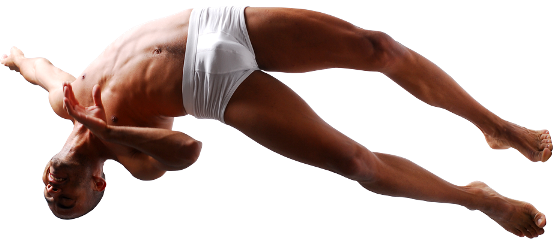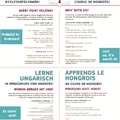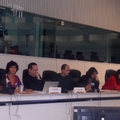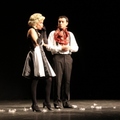
By: Renita Ruxanda
In accordance to World Bank, just in 2010 the global number of migrants reached 215 million. The usual immigration concept associated to economical, political or climate problems tend to fall behind. The globalization process leads imminently to the birth of the Planetary Man, who from the beginning has the abilities - gained from its gallop though the geographical spaces or world cultures - to integrate with other cultures and nationalities. The desire of discovering new knowledge and cultural horizons, the religious ethics and intelligence rooted in its ethnical origins (which constitutes the spiritual nucleus of the individual in search) urged major personalities of various national cultures to leave their countries.
Through ‘approach grafting procedure’ and sometimes through ‘the method of exclusion’, new arts and fashion movements are created. Kandinsky left Russia for building a new movement in Germany- German Expressionism and putting the basis of the abstract language in the watercolour paintings (and art in general). This might be an example of ‘exclusion method’; an ‘approach grafting procedure’ would be John Galliano, who succeeded in boosting Dior’s popularity - turning it into a global ‘must-have’ in the trendsetters’ wardrobes-, by mixing his Spanish preference for colours with the French refinement.
Nelson Reguera is an inspiring Cuban choreographer and dancer and yet a world ‘child’. Since childhood, Reguera fascinated the Cubans at Grand Teatro de la Habana in Maria Vivan – concert organized by Rosario Cardenas. Love drove him to Australia, where his talent devastated the audiences at Australian Ballet - Wild Swan concert and in the Tribute to Nijinsky. His dance fluidity which turns the viewer into a fish ready to loose itself into the seaside-alike choreography conquered the Hungarians too. Becoming a dancer and the assistant chorographer at Pal Frenak (the Hungarian/ French company) in 2006, he brought a new vibe to the dancing scene in Budapest and not only.
Inspired by water, he detaches from the rigidity of the human body and becomes one with the water. Even when separated from water, his dance resembles waves. “I am a tropical fish with a human body,” he says. “I go deep, then I go shallow. The water is my home, no longer does the wind exist. Colours of lights make my home in a red coral reef.” Living in Australia, Hungary and now in France, his spiritual ‘home’ remains Cuba. Asked whether he categorizes himself as a migrant, he replied amused in a Thomas Paine style: “The World is my country.” and art is “his religion”.
Nelson succeeded in bringing Cuba to Budapest, Paris, Canberra, Houston, Cluj, Padova and the list can continue… By leaving his country, he contributed at broadening our knowledge about Cuba, Cuban dance and culture. Therefore, would you consider an artist living in other country than his home country - an immigrant? In a time of globalization, aren’t the migration accusations too old-fashioned?







